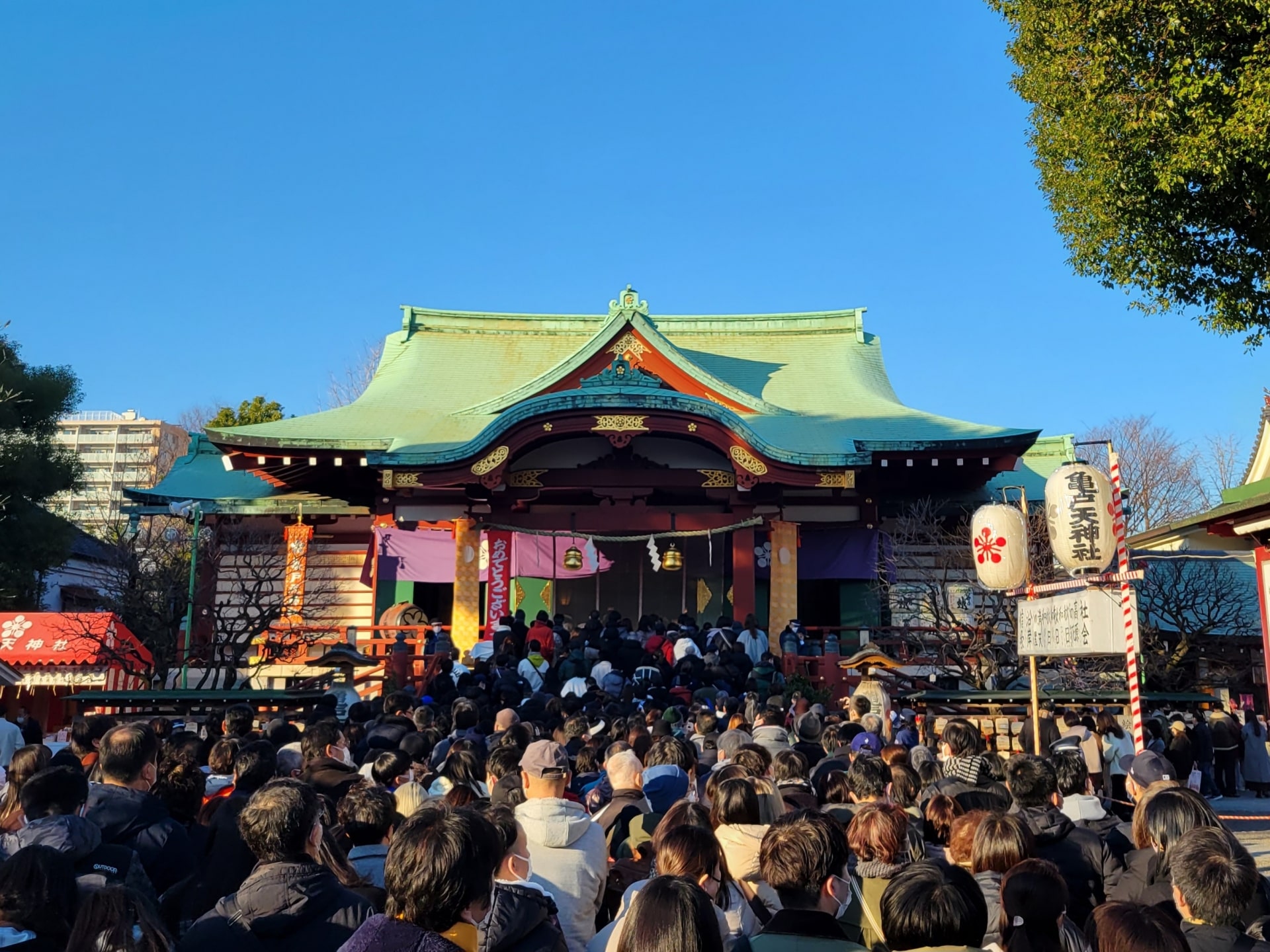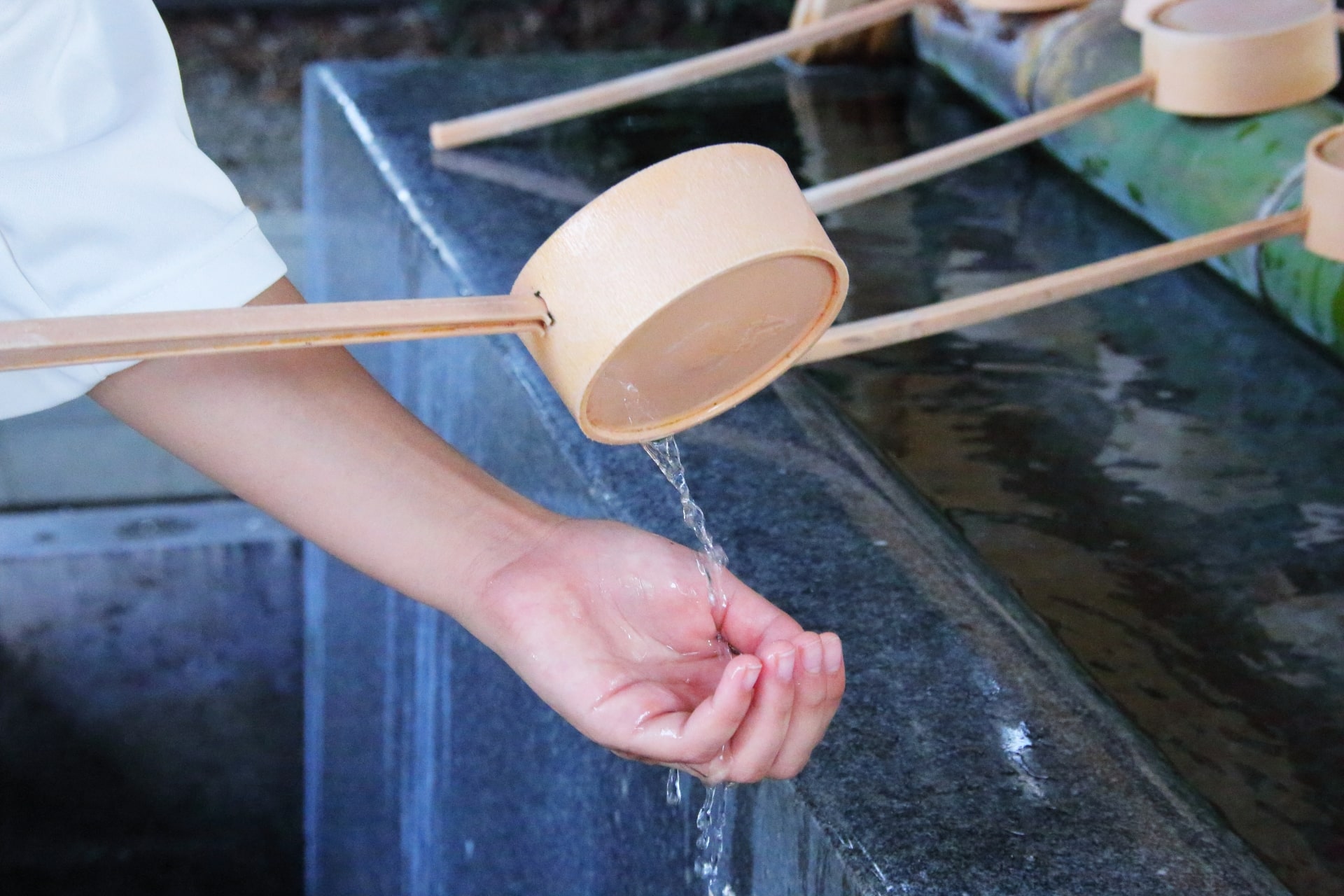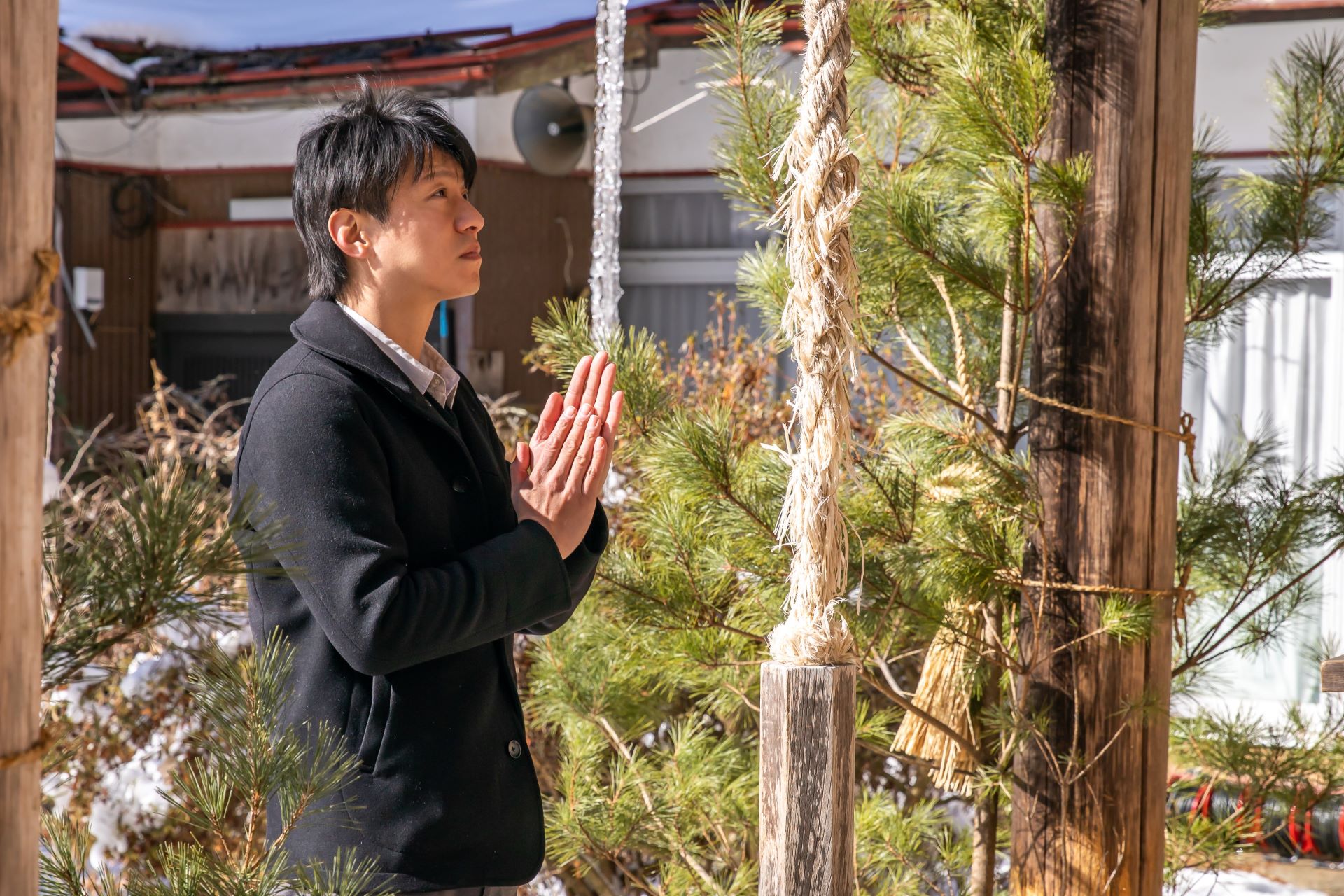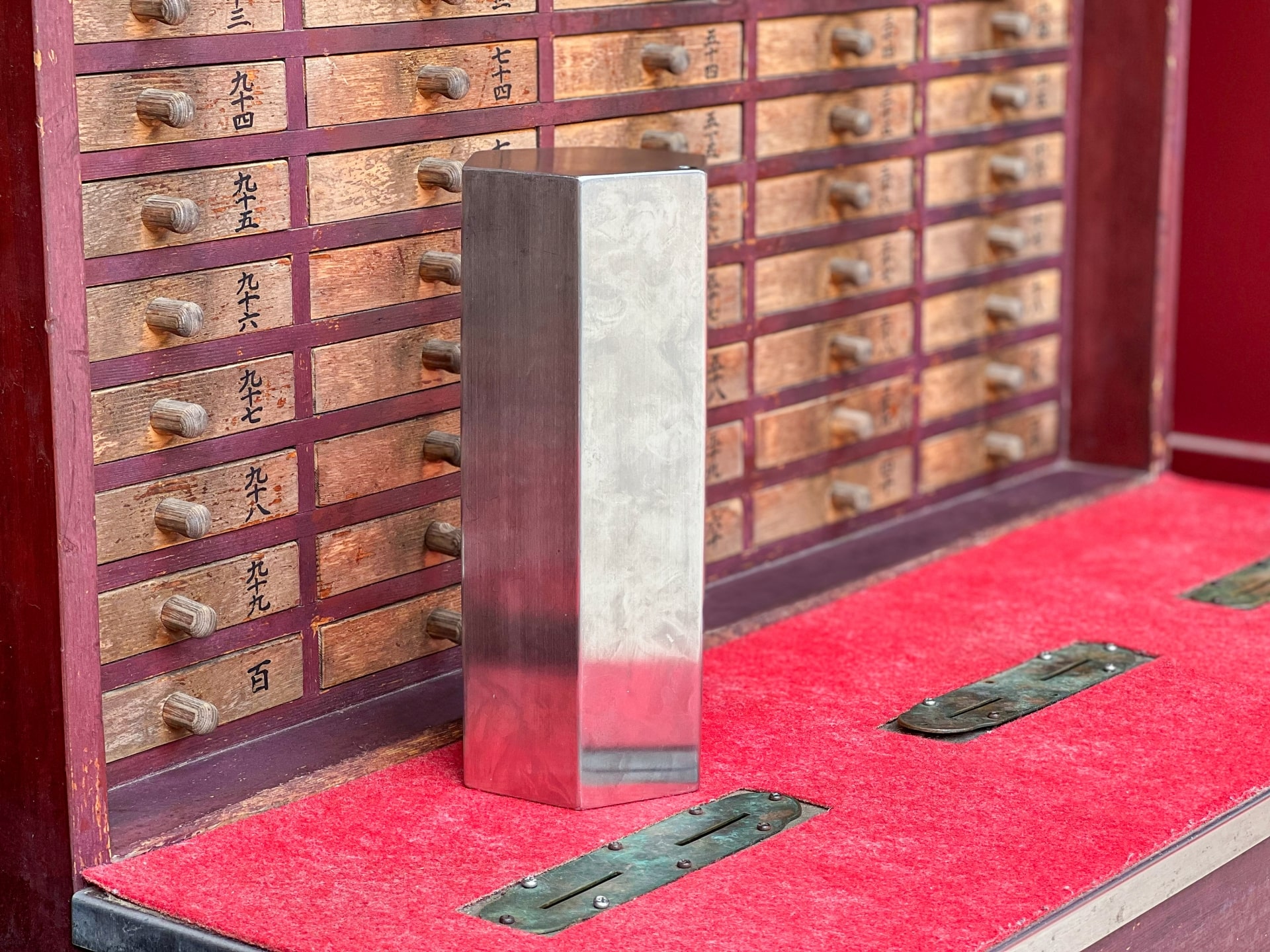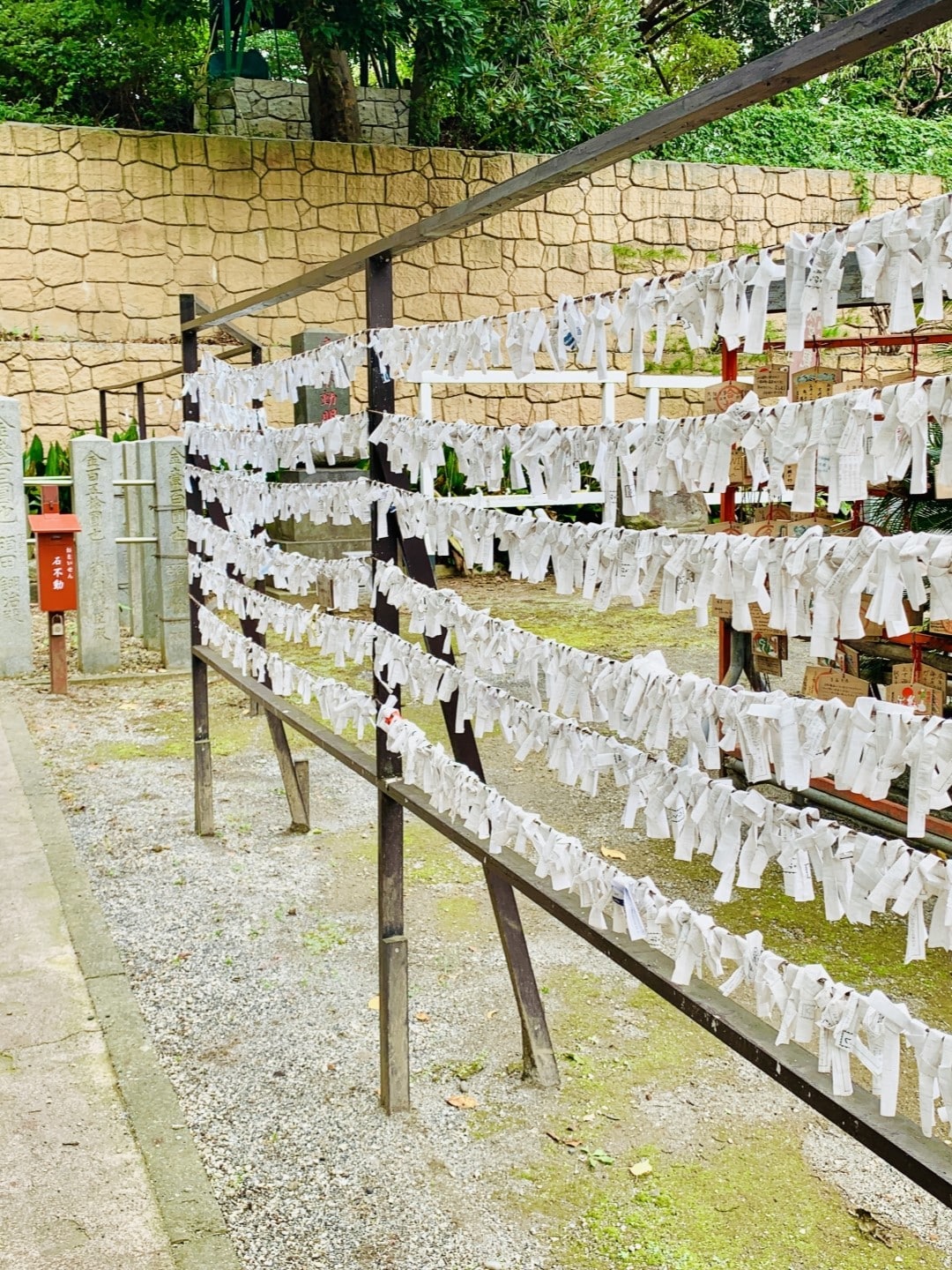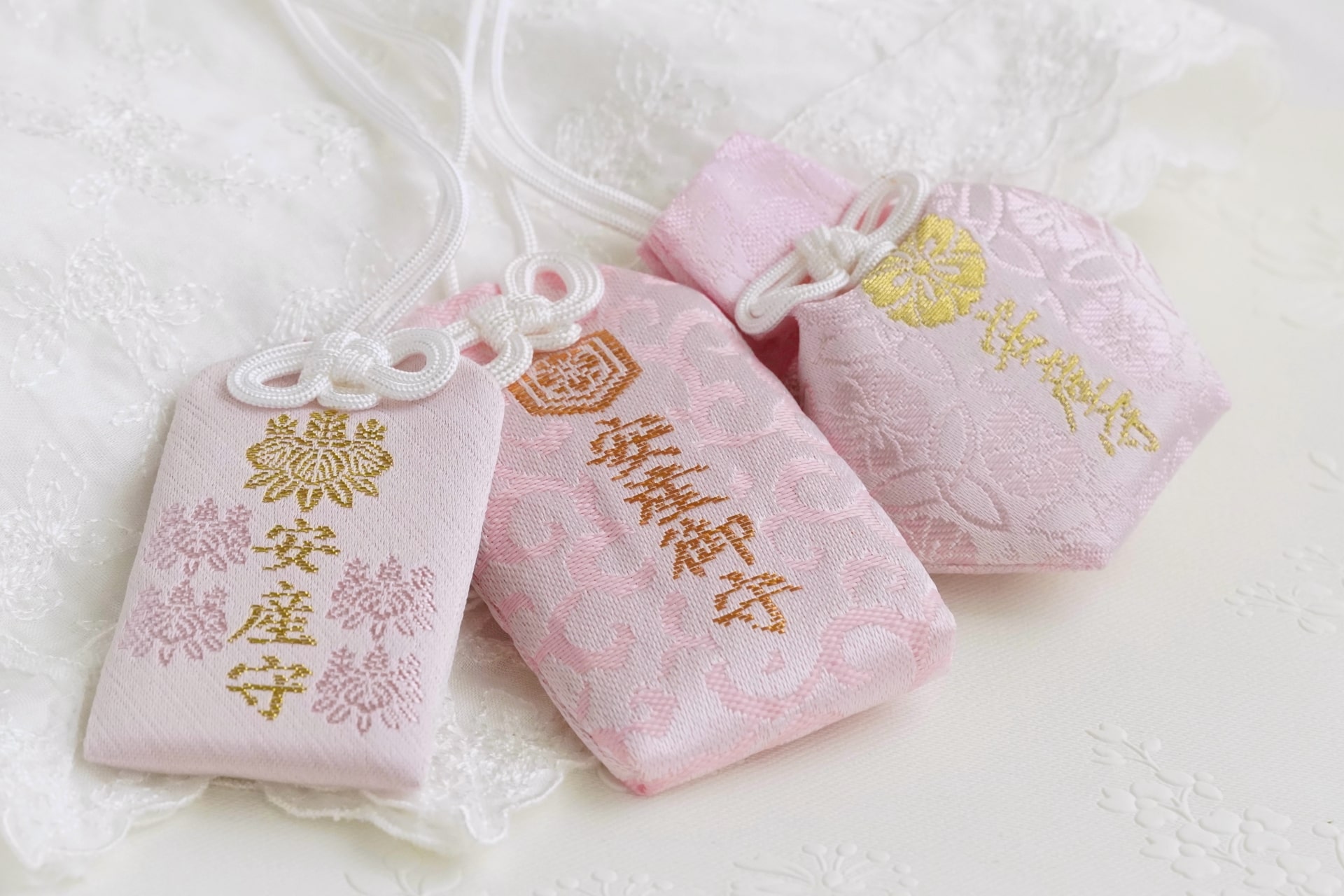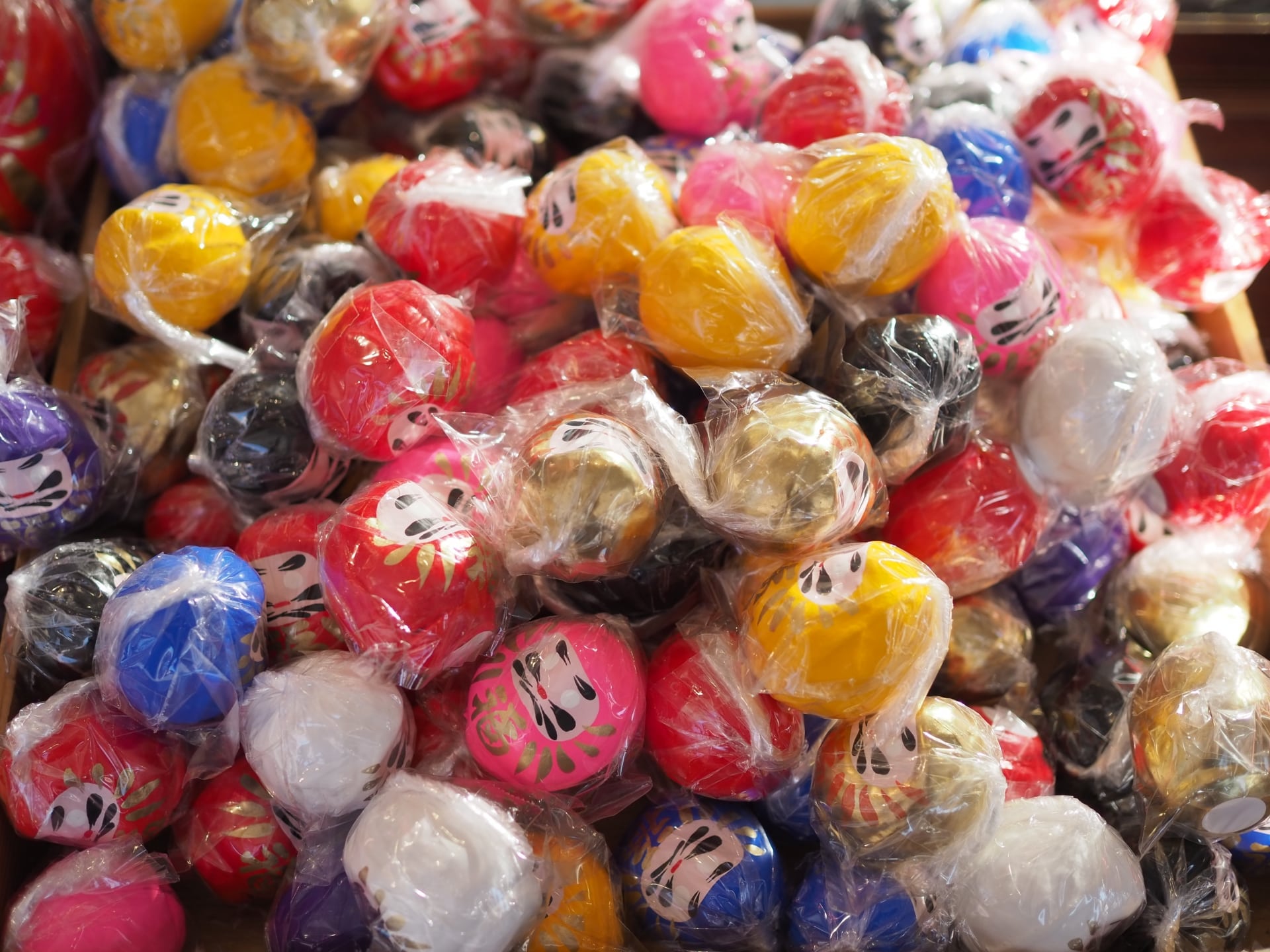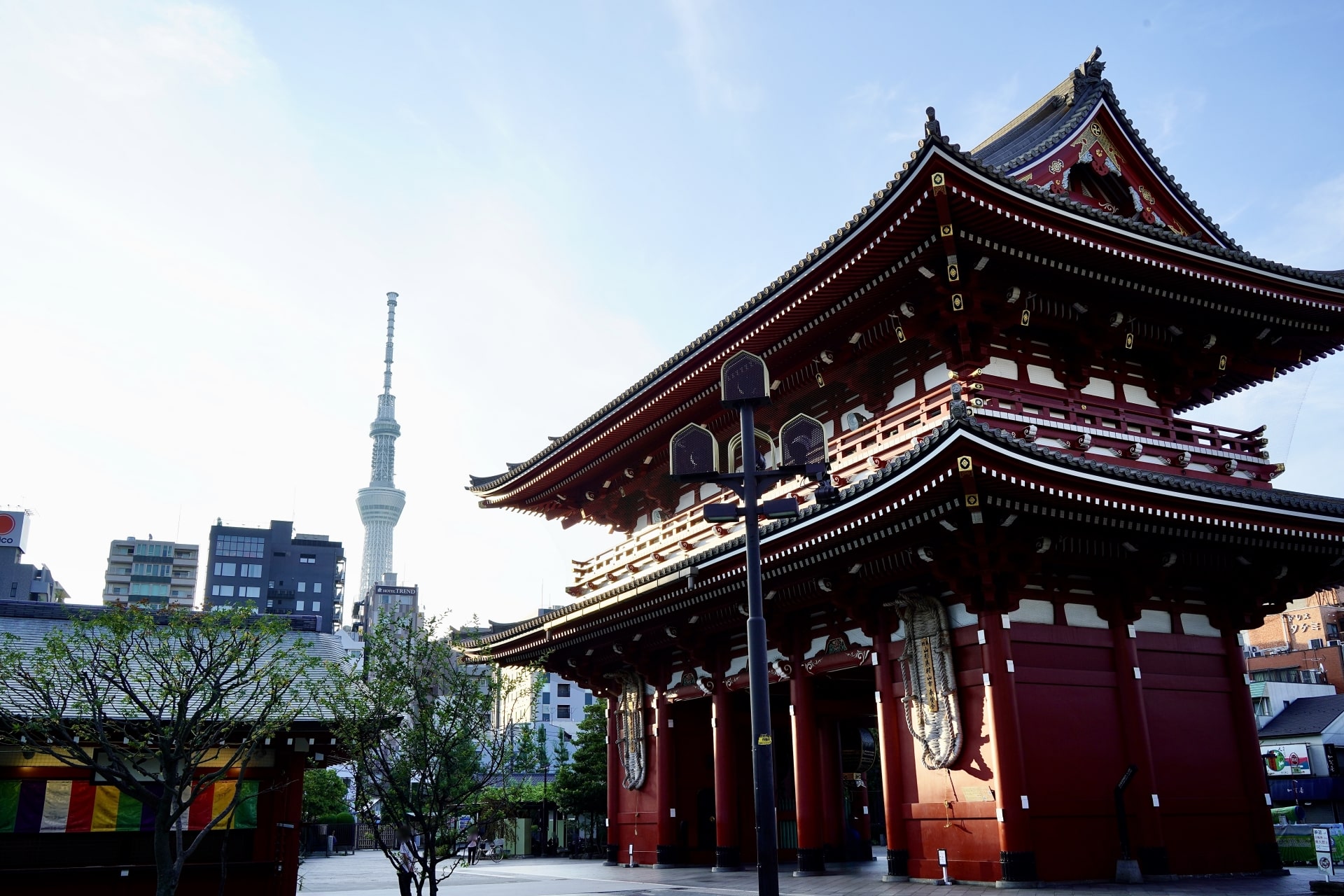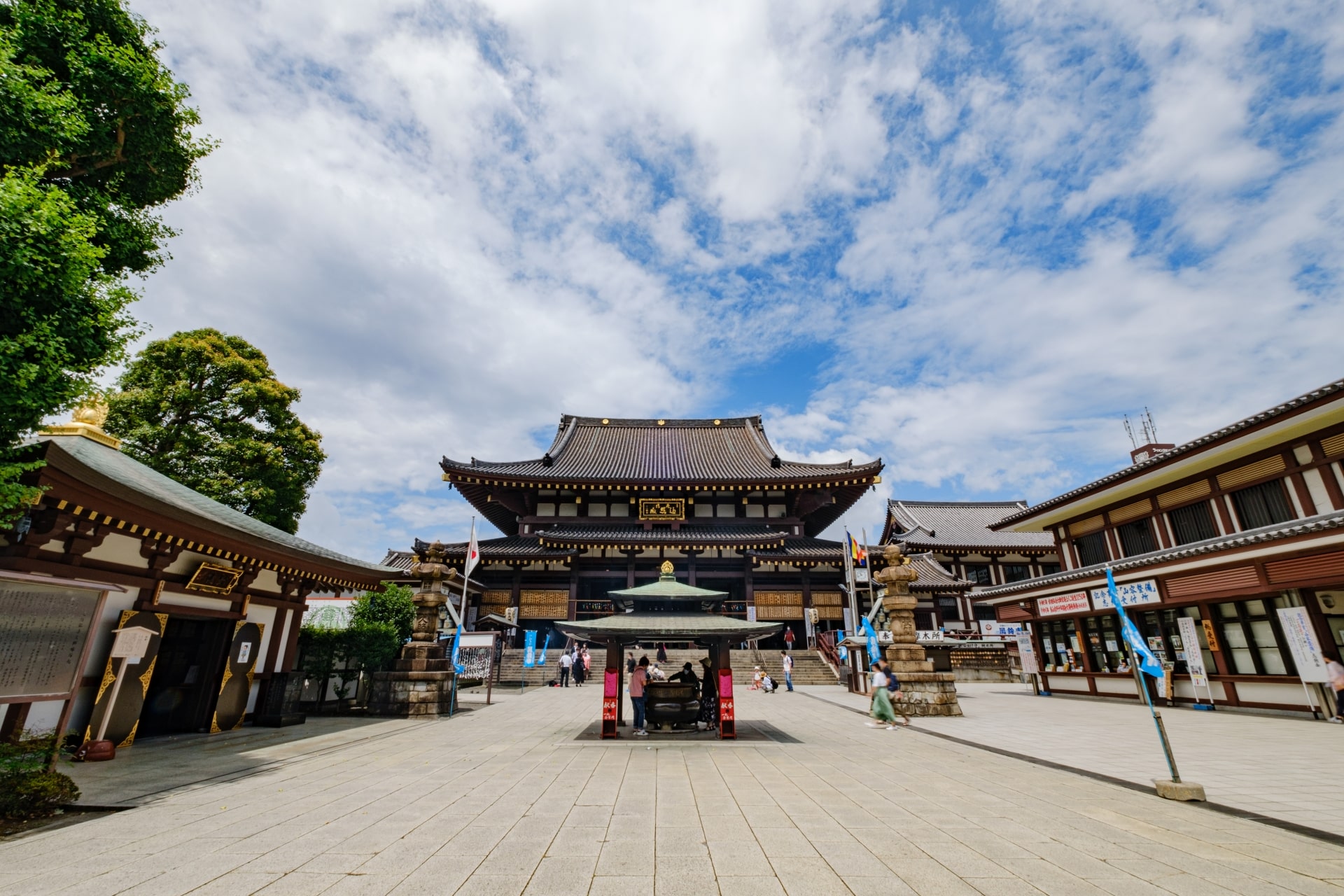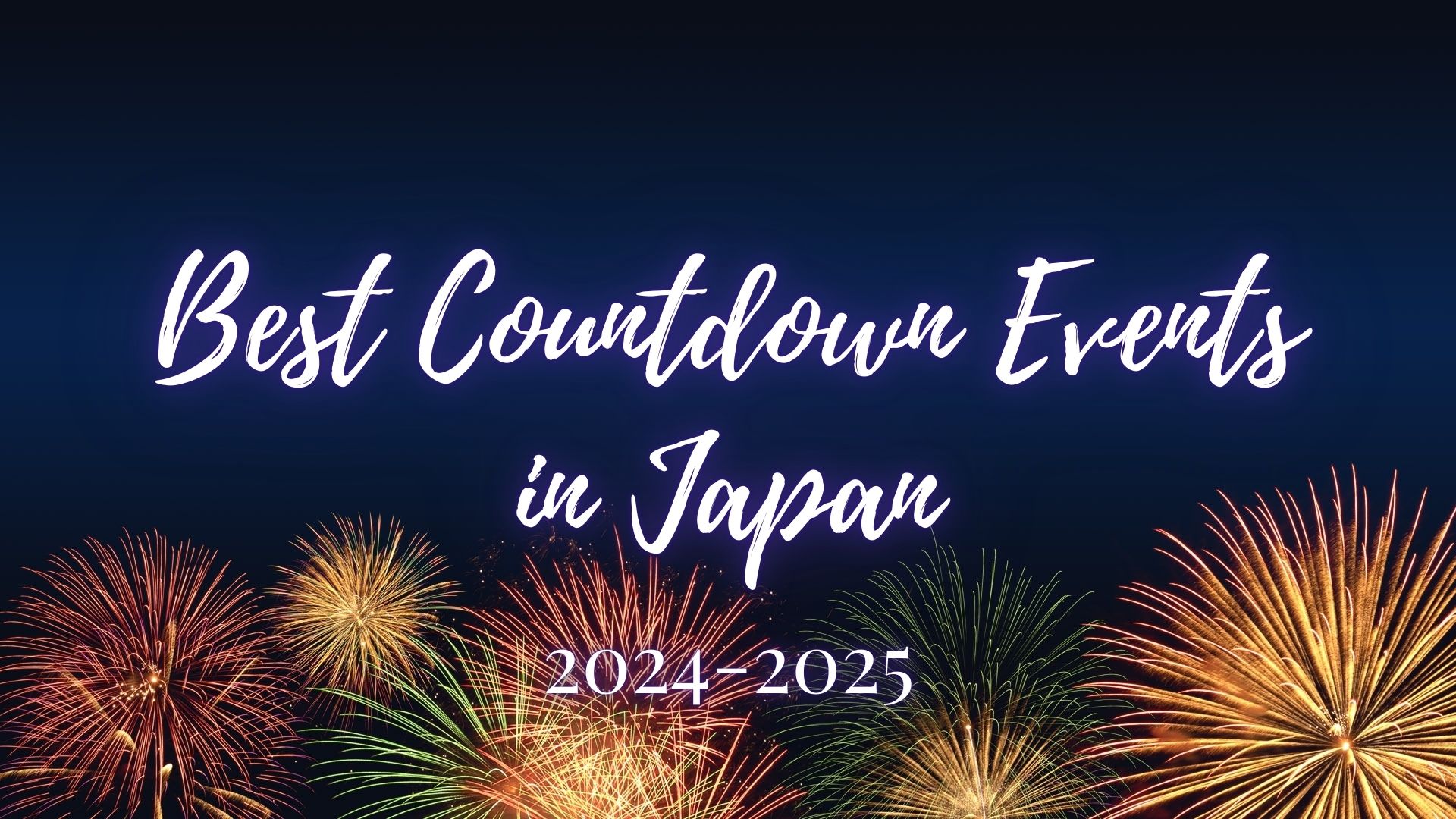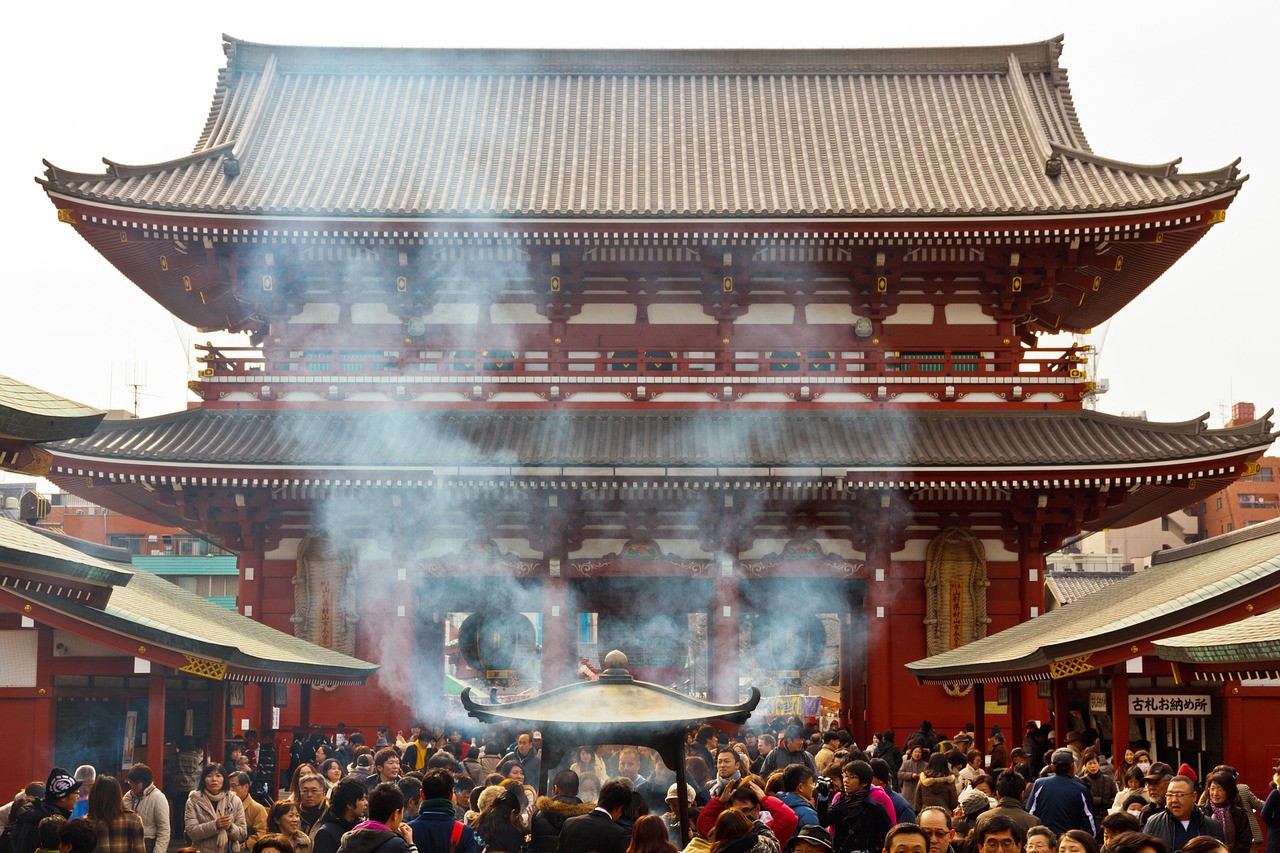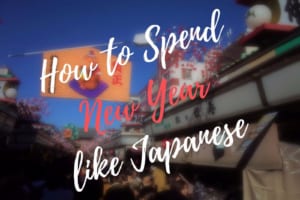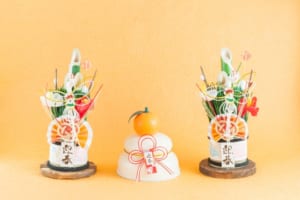Hatsumode: Receiving the New Year in Japan
Celebrate Hatsumode in Japan: Rituals, Temples, and Essential Tips
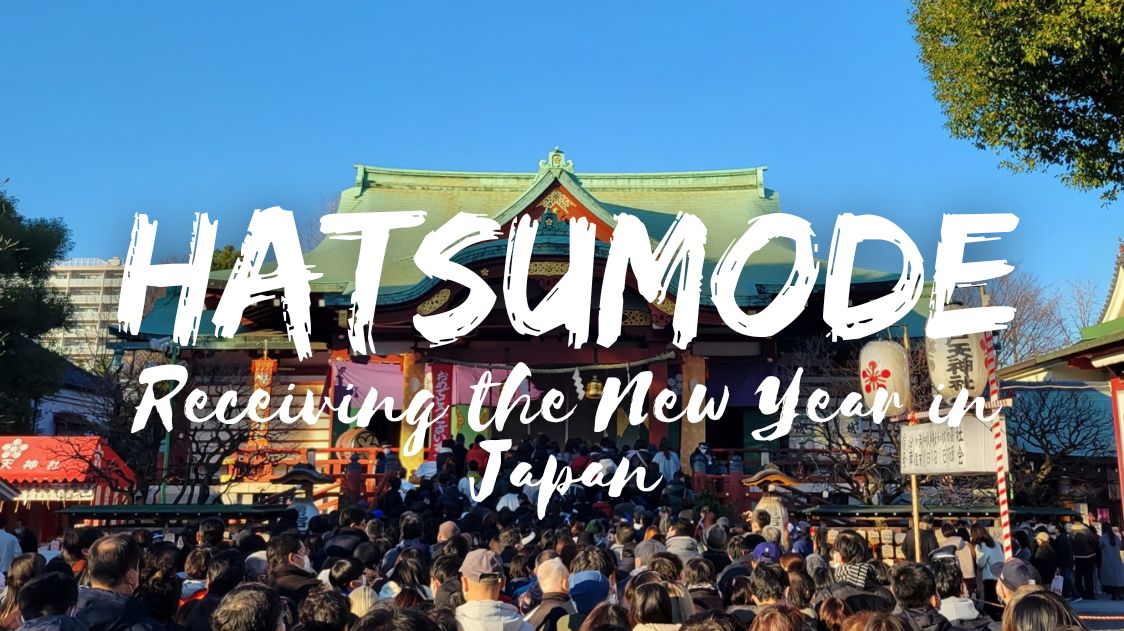
For many in Japan, the New Year isn’t complete without hatsumode, the first shrine or temple visit of the year. As midnight strikes on January 1st, millions make their way to these sacred sites, braving the winter cold for a fresh start. Interestingly, the custom we know today is rooted in the older practice of “toshigomori,” where people would stay overnight at temples or shrines on New Year’s Eve to ensure good fortune for the year ahead.
This subtle evolution has given birth to what is now a vibrant annual tradition that attracts visitors from all walks of life. So, what’s involved in a typical hatsumode, what do the different traditions mean, and why do so many make it a priority each year? Here’s everything you need to know about Japan’s first spiritual stop of the year.
What is Hatsumode in Japan?
Hatsumode (初詣) marks the year’s first visit to a shrine or temple in Japan, typically occurring within the first few days of January. It’s a chance to pray for good fortune, health, and happiness in the coming year. Many people use this opportunity to express gratitude for the past year while setting positive intentions for the future. Some visitors may even make resolutions, buy protective charms (omamori), and draw fortune slips (omikuji) to see what the year might hold.
Though some individuals head out immediately after midnight, others prefer a quieter visit in the following days, allowing for a personal moment of reflection without the massive crowds. Whether a simple act of reverence or a more elaborate affair involving family and friends, Hatsumode is a cherished ritual that symbolizes fresh beginnings in Japan’s cultural landscape.
What time is Hatsumode?
Hatsumode generally begins as soon as the clock strikes midnight on January 1st, and many temples and shrines across Japan stay open to welcome visitors well into the early hours. While the busiest time tends to be during New Year’s Eve and the first morning of the new year, hatsumode isn’t restricted to these hours.
For those looking to avoid the crowds, visiting in the days following January 1st, often up until January 3rd, is a common practice. Temples and shrines generally accommodate visitors throughout the entire first week of January, giving everyone a chance to participate in the tradition at their own pace.
Who celebrates Hatsumode?
Hatsumode is widely celebrated across Japan, observed by people from various cultural backgrounds and religions. While rooted in Shinto and Buddhist practices, hatsumode has become more than just a religious act—it’s a national custom embraced by everyone regardless of personal beliefs.
People of all ages join in the tradition, from elders looking to express gratitude for another year to young adults and children eager to seek blessings for health, success, and happiness. The inclusive nature of hatsumode has made it a staple of Japanese New Year’s celebrations, transcending religious lines to become a beloved popular tradition.
What Do You Do During Hatsumode?
During a Hatsumode visit, there are several customary activities to partake in. Here’s a quick list of what you might do at a temple or shrine during this New Year ritual (and their respective meanings):
- Purification: Rinse your hands and mouth at the shrine’s temizuya (purification fountain) to cleanse yourself before praying.
- Offering: Toss a small coin into the offering box as a gesture of respect and gratitude.
- Prayer: Bow twice, clap twice, and bow once more while offering your New Year’s prayers for health, fortune, or specific goals at Shinto shrines. In Buddhist shrines, all you need to do is put your palms together while you pray.
- Omikuji (Fortune Slips): Draw a fortune slip to reveal what the coming year holds. If it’s good, you can keep it; if not, tie it to a tree or designated area at the shrine to leave misfortune behind. (Read more about Omikuji ▶ Omikuji: Understanding Japanese fortune slips)
- Omamori (Charms): Purchase charms for protection, success, or health. Many people replace their Omamori each year during Hatsumode.
- Ema (Wooden Plaques): Write your wishes or resolutions on an ema plaque and leave it at the shrine for the deities to receive. Often, depending on the shrine or temple, the new year ema will feature the design of the corresponding chinese zodiac animal. For instance, 2025 will be the year of the Snake, so you will also find lots of snake-themed items!
- Daruma Dolls: At some temples, you can purchase a daruma doll, often used as a goal-setting symbol by filling in one eye when a goal is set and the other when it’s achieved.
Top Five Temples or Shrines in Japan for Hatsumode
Every year, millions of people flock to some of Japan’s most famous temples and shrines to celebrate Hatsumode, each offering a unique atmosphere for the New Year. Here are the top five spots, ranked by popularity, and a bit about what makes each one special:
5th place: Fushimi Inari Taisha Shrine (approx. 2.77 million visitors)
Kyoto’s Fushimi Inari Taisha Shrine (伏見稲荷大社) is famous for its thousands of vibrant red torii gates that wind up Mt. Inari, creating an otherworldly passage for visitors. Known as the head shrine of the Inari deity, associated with prosperity and rice, it’s a popular destination for hatsumode. Many visitors come here hoping for a year filled with good fortune in business and personal ventures.
More info: Fushimi Inari Taisha: Kyoto’s Most Visited Shrine
4th place: Sensoji Temple (approx. 2.93 million visitors)
As Tokyo’s oldest temple, Sensoji (浅草寺) in Asakusa draws huge crowds each New Year. With its iconic Thunder Gate and bustling Nakamise-dori shopping street, Sensoji offers a lively and colorful setting for hatsumode. People visit not only for prayers but also to enjoy the festival-like atmosphere, complete with traditional snacks, souvenirs, and various forms of entertainment.
More info: Ultimate Guide of Sensoji Temple in Asakusa
3rd place: Kawasaki Daishi (approx. 3.08 million visitors)
Located in Kanagawa Prefecture, Kawasaki Daishi (川崎大師), also known as Heikenji, is a revered temple known for its protective blessings against misfortune. Each New Year, large crowds gather here to pray for safe, prosperous days ahead. The temple’s lively atmosphere, traditional performances, and vibrant food stalls make it a standout spot for hatsumode, especially for those in the Tokyo metropolitan area seeking a mix of ritual and revelry.
More info: Kawasaki Daishi Temple: Perfect Temple to Visit for New Year’s Holidays
2nd place: Naritasan Shinshoji Temple (approx. 3.11 million visitors)
Naritasan Shinshoji (成田山新勝寺) in Chiba Prefecture is another popular destination for hatsumode, attracting people from across the Kanto region. Founded over a thousand years ago, this temple is associated with the Buddhist deity Fudo Myoo, believed to bring peace and protection. The temple’s sprawling grounds, historical structures, and nearby shopping streets add to the experience, drawing visitors who appreciate both its spiritual and cultural significance.
More info: Guide to Naritasan Shinshoji Temple near Narita Airport
1st place: Meiji Jingu (approx. 3.19 million visitors)
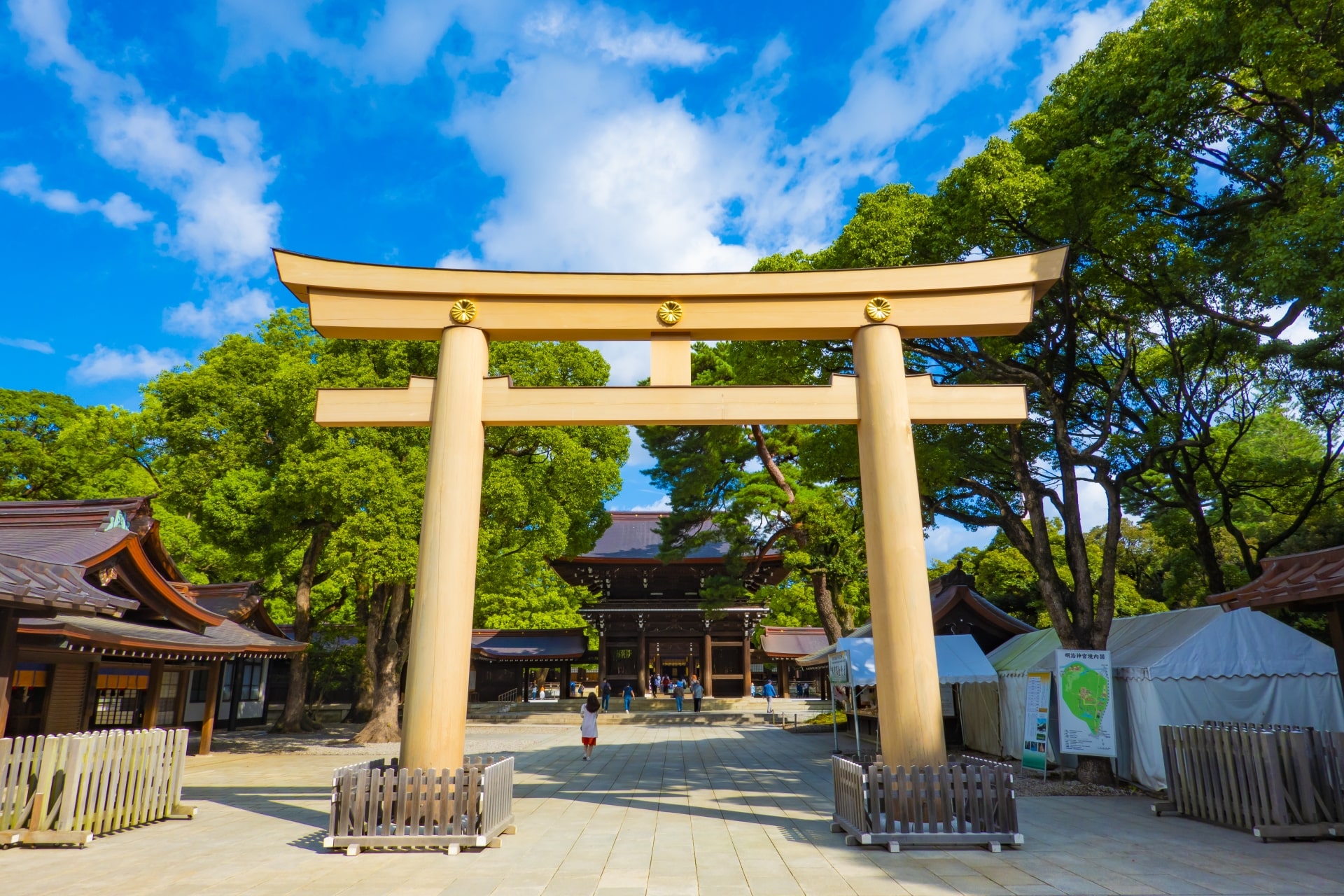
Topping the list is Tokyo’s Meiji Jingu (明治神宮), a shrine dedicated to Emperor Meiji and Empress Shoken. Set within a peaceful forest near bustling Shibuya, Meiji Shrine attracts the largest hatsumode crowds in Japan, with millions visiting each year. The shrine’s serene, wooded paths and impressive torii gates create an ideal setting for reflection and New Year’s prayers, offering a sense of tranquility amidst Tokyo’s urban energy.
More info: Meiji Shrine: Most Popular Landmark in Harajuku
▽Subscribe to our free news magazine!▽
For more information about traditions and traveling in Japan, check these articles below, too!
▽Related Articles▽
▼Editor’s Picks▼
Written by
Photographer, journalist, and avid urban cyclist, making sense of Japan since 2017. I was born in Caracas and lived for 14 years in Barcelona before moving to Tokyo. Currently working towards my goal of visiting every prefecture in Japan, I hope to share with readers the everlasting joy of discovery and the neverending urge to keep exploring.





